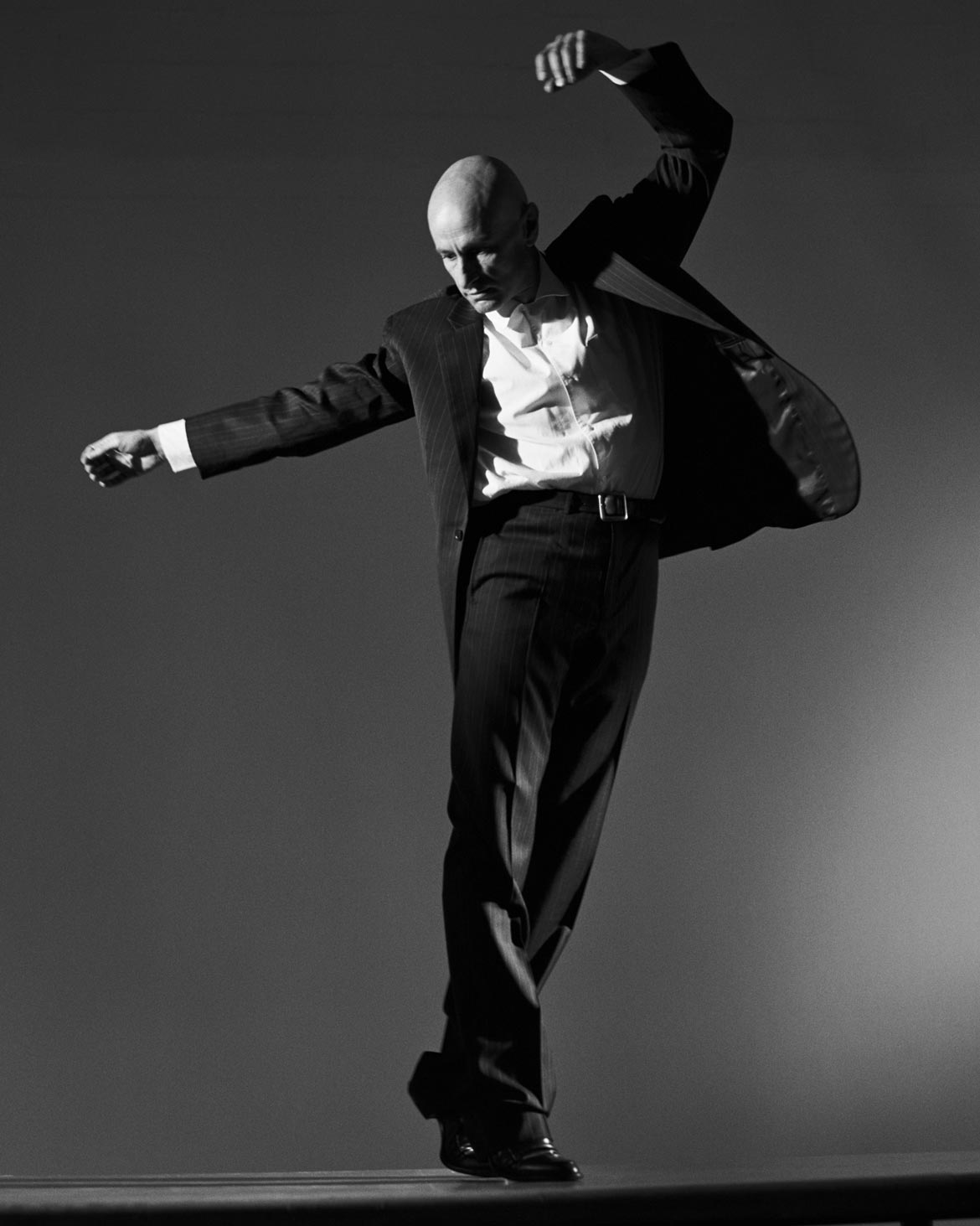Calidoscopi - Cesc Gelabert
4. KALEIDOSCOPE
How can we study philosophy without memorizing its meanings with our body?
Cesc Gelabert, dancer and choreographer and director of the Gelabert-Azzopardi
I understand culture as people’s shared knowledge and customs: the accumulation, the synthesis, of lived experiences. Culture begins as soon as consciousness becomes involved, from and beyond nature and genetics. Culture encompasses all life activities, from philosophy to gastronomy or (the ritual of eating) food; from industrial design to ballroom dancing; from literature to gardening; from chemistry to hairdressing. I am not interested in a view of culture separated from life, classified into airtight compartments.
Personally, I participate in it through dance, understood, in general, as inhabiting the body with the heart and the mind and, in particular, as an artform, a dream shared in a waking state. I work with forms of culture that are both knowledge and also, ineluctably, an experience.
I understand culture as people’s shared knowledge and customs: the accumulation, the synthesis, of lived experiences. Culture begins as soon as consciousness becomes involved, from and beyond nature and genetics
In our country, dance has always remained outside the university. Not until quite recently, and only with great difficulty, was it categorized as an advanced degree. But in this article, I do not want to focus on the place that dance studies and studies of similar forms of culture should have at universities, but on something more basic, more general: the presence of these forms of culture at the heart of education, including university education, and in the world of work. Not as a supplementary activity, but at the core of our everyday activities. For example, in education, I would like it if we could move the desks out of the classrooms for a while each day in order to study from this place, this way, in motion. And if we could study mathematics, languages, or history through movement.

How can we understand trigonometry without feeling space? How can we retain the sounds of a new language without mastering emotions? How can we learn ethics without effort, without experiencing suffering and pleasure? How can we study philosophy without memorizing its meanings with our body? Who tells us what our mind, our body, and our perceptions are? What is the point of memorizing the shape of bones or the digestive system if we do not feel them and superimpose that on the internal and external information we get from our senses? How can we have satisfying sexual relations without dancing, without holding the gaze, without managing the language of the body? How will we learn the ethics and aesthetics of life, the secrets of love and happiness, with just intellectual knowledge or a purely physical exercise? How many types of hatred, desire, and love have we received over the course of our education?
Likewise, if we work in a kitchen, in an office or, in this case, at a university, as a lecturer or part of the administrative staff, wherever, I would like it if we could occasionally push our desks aside, step away from our computers, or our knives and pots, and dance together for a while from the perspective I am presenting here. And, upon going back to work, if all we did were dance. With a body that is present, available, whether at the computer or doing any other type of work. And brimming with imagination and memory, fluidly communicating with our peers, engaged and situated, we would feel much better. Metaphorically speaking, we would work much better; we would work without working.
This experience, this feeling, cannot be bought or sold. You can buy a chair, a trip, a massage, but not a genuine dance move, an actual one, this real experience.
The essence of this type of knowledge – that of dance – is initiatory: it can only be understood and possessed based on an experience of the body, the heart, and the mind. The problem is that this clashes with the general status quo; it calls into question control, statistics, curricula, assessments, productivity, even insurance companies. This experience, this feeling, cannot be bought or sold. You can buy a chair, a trip, a massage, but not a genuine dance move, an actual one, this real experience.
Finally, I would like to briefly note that I understand life as an architecture that must be built on spirituality, that is, on our vision of what lies beyond. Beyond death. Beyond our everyday perception of our planet. Dance is a tool of this architecture, not its purpose.
To illustrate what I am saying, I am sharing a link to a postgraduate video about Ramon Llull, directed by Amador Vega at UPF, in which I participated.
